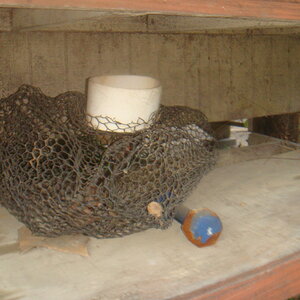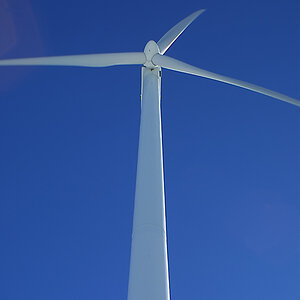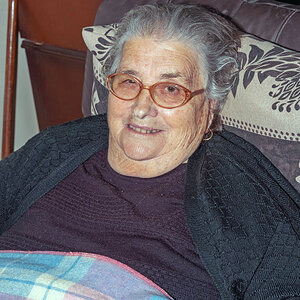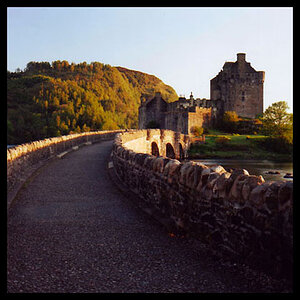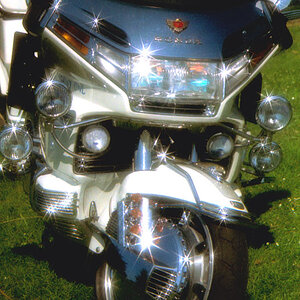Nikonmaniac
TPF Noob!
- Joined
- Dec 11, 2010
- Messages
- 8
- Reaction score
- 0
- Location
- new brighton,pa
- Can others edit my Photos
- Photos NOT OK to edit
im a newbie!i just bought a nikon d 5000dslr and have a 18-55mm/55-200mm zoom lens!my question is what do i have to buy to increase the lens length ?thanks


![[No title]](/data/xfmg/thumbnail/39/39509-3c2c5856429b4b8ff3cf44cd3b2afa8c.jpg?1619739064)




